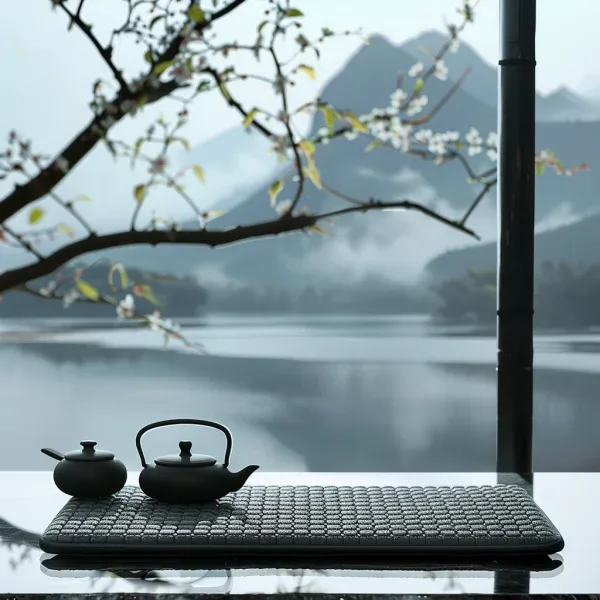by Gemma Delaney

Seeking a unique post-workout recovery remedy? You might want to turn to acupressure, an age-old Chinese therapy that could be just what you need. Let’s unpack how this ancient practice can enhance your post-exercise recuperation and how you can take advantage of its gains.
The thought of needles in your body might not appeal to everyone, even if they are as thin as a strand of hair, as in acupuncture. However, acupressure—which relies on fingertips, palms, elbows, or feet to apply pressure—can deliver similar benefits sans the needles, aiding your recovery splendidly.
Quite potent for alleviating post-exercise discomfort or offering relief from injury, research published in the Clinical Journal of Sports Medicine has revealed that mere three minutes of acupressure can decrease pain intensity in athletes suffering from acute musculoskeletal sports injuries. The therapeutic method has also been proven to enhance sleep, foster relaxation, and uplift mood—three key components in ensuring your health and fitness.
Understanding Acupressure: an Ancient Healing Art
Born in China around 3,000 years back, acupressure encourages energy flow through your body’s energy channels (meridians) to clear obstructions and reallocate energy to areas where it’s most required. Moreover, it also endeavours to strike a balance between yin (rest) and yang (stimulation)—the opposing energies.
Post-Workout Recovery: The Acupressure Advantage
So, what fuels acupressure’s effectiveness in accelerating post-workout recovery? One hypothesis, called the gate control theory, suggests that applying pressure slows nerve impulses to the brain, decreasing pain sensations. As per Carina Tannenberg, founder of an acupressure mat brand, pressing stimulates nerves under your skin which prompts the body to generate pain-relieving endorphins.
Besides, research indicates that the operation on acupuncture points stimulates nerve fibres that trigger areas of the brain like the hypothalamus and pituitary gland. This leads to the discharge of beta-endorphins (similar to those experienced in a runner’s high), which obstruct the sensation of pain. Acupressure recipients often report feeling deeply relaxed after the practice, and the reasons extend beyond merely transcending to moments of solitude.
From a biochemical perspective, acupressure enhances feelings of tranquillity by prompting your rest and digest response (it boosts parasympathetic nerve activity) and influences hormones such as serotonin. Moreover, by altering the concentration of lactic acid post-workout, reducing tissue adhesions following injury, and increasing circulation to deliver oxygen and indispensable nutrients to muscles for a quicker recovery, acupressure further substantiates its efficacy.
Experience the Power of Acupressure at Home
Even if you can’t locate a professional acupressure practitioner in your vicinity, an acupressure mat can still offer considerable benefits. “A venerated bed of nails, which once stimulated countless acupressure points, was conceived over 1,000 years ago in India,” expounded Tannenberg. “I’ve fashioned a modern version of that archaic technology to emulate similar deep healing effects.”
We came across one of these mats and, despite an initial prickly sensation, noticed it dramatically eased our lower back pain. The area warmed up quickly, indicating improved blood flow and creating feelings of calm, serenity, and bedtime readiness. We also suggest the strap you can fasten around your body for targeted relief while carrying on with daily activities—a sheer stroke of genius!
acupressure, post-workout recovery, ancient Chinese therapy, pain relief, health and fitness, acupuncture points, gate control theory, muscle recovery, nerve impulses, beta-endorphins, parasympathetic nerve activity, hormones, serotonin, lactic acid
Leave a Reply